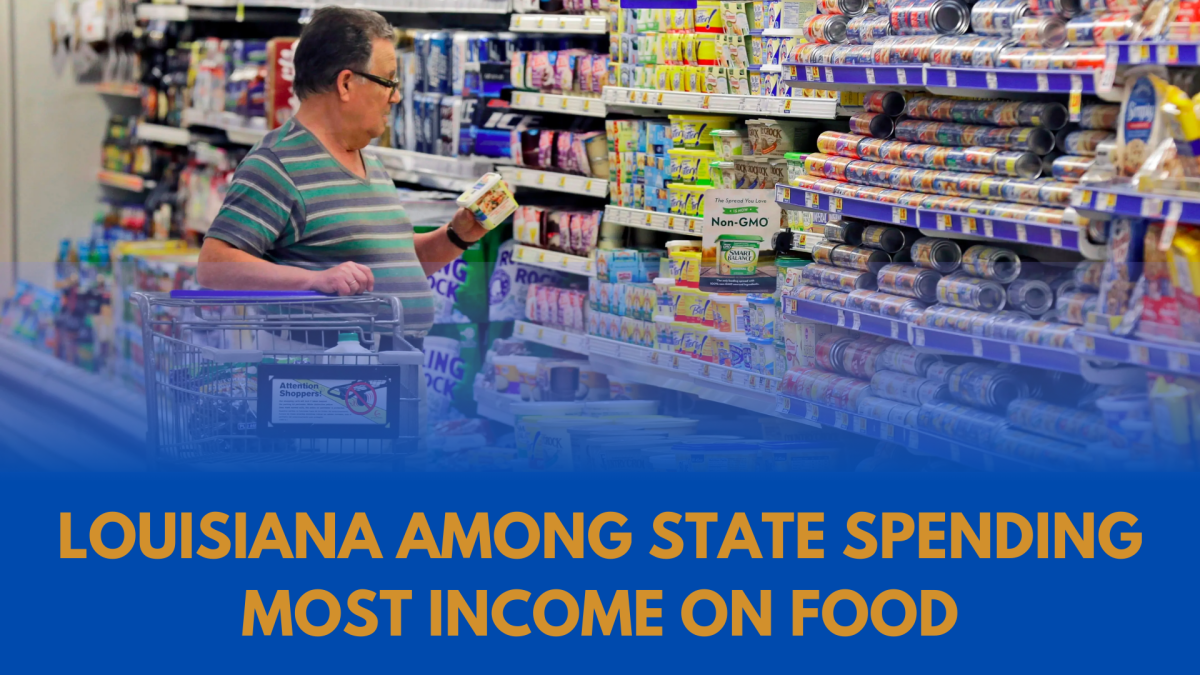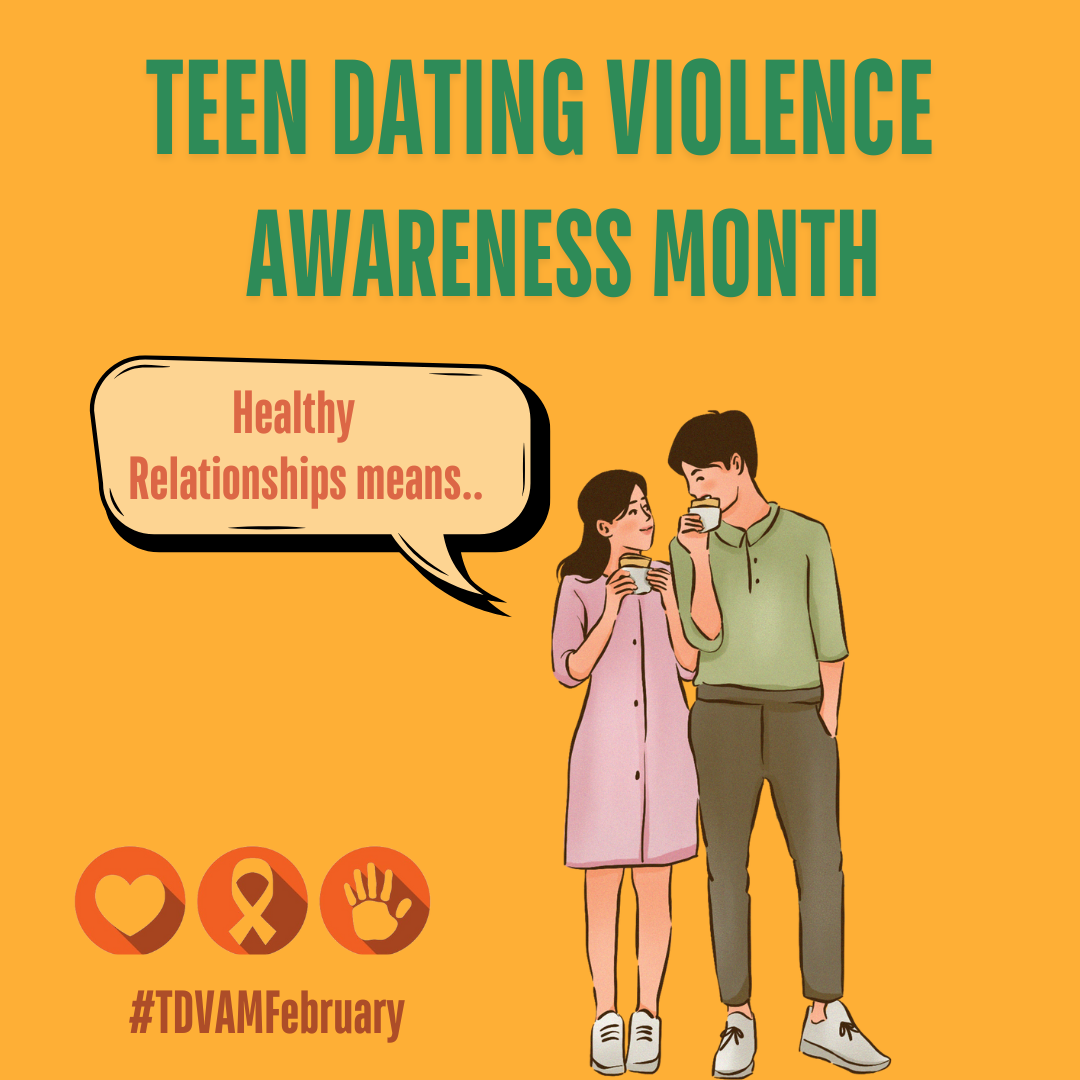
WalletHub, a personal finance company, released a report ranking states by the percentage of income spent on groceries. Louisiana households ranked fifth, spending 2.39% of their income on groceries. The state trailed neighboring Mississippi, which ranked first at 2.64%, and Arkansas, which ranked third at 2.49%.
Although states like Louisiana and Mississippi have relatively low grocery prices, they still ranked high on the list because of low median incomes. In contrast, residents in lower-ranked states, such as New Jersey and Maryland, spend a smaller percentage of their earnings due to higher wages.
Louisiana’s ranking highlights the economic disparity between the state and the rest of the country. Even with grocery prices slightly below the national average, the state’s median household income falls 20% below the national median. Residents face higher prices with lower wages, increasing financial strain.
Low-income households bear the greatest impact of grocery costs. According to Feeding Louisiana, 683,110 residents struggle with food insecurity, representing roughly one in seven people. Children make up about 34% of those affected.
Louisiana colleges and universities provide on-campus food pantries and food-sharing meal plans, but rising prices may require additional support for struggling students.
To reduce grocery expenses, WalletHub suggests buying in bulk to take advantage of lower prices and choosing store-brand items, which offer nearly identical quality at a lower cost.
Financially struggling households can seek assistance through programs like the Supplemental Nutrition Assistance Program (SNAP) and the Women, Infants, and Children Program (WIC), which help low-income families purchase food.








